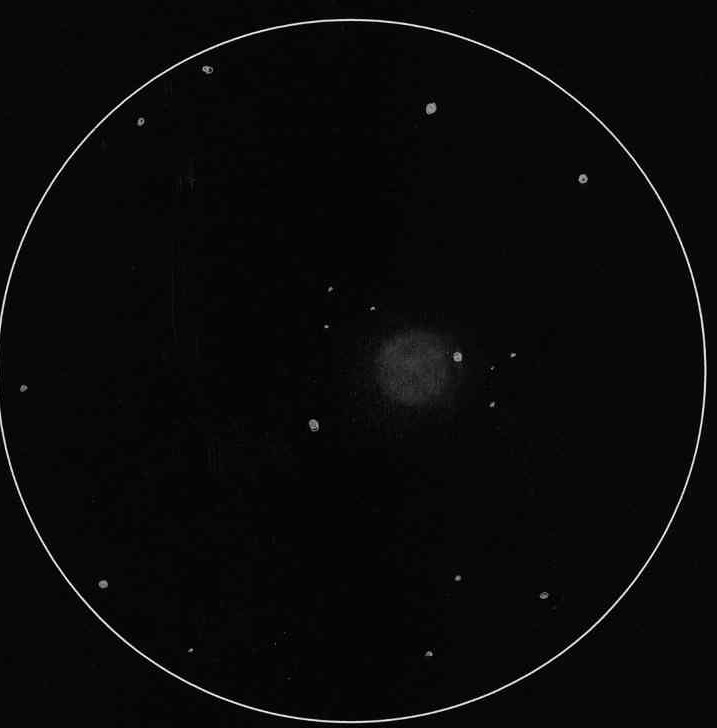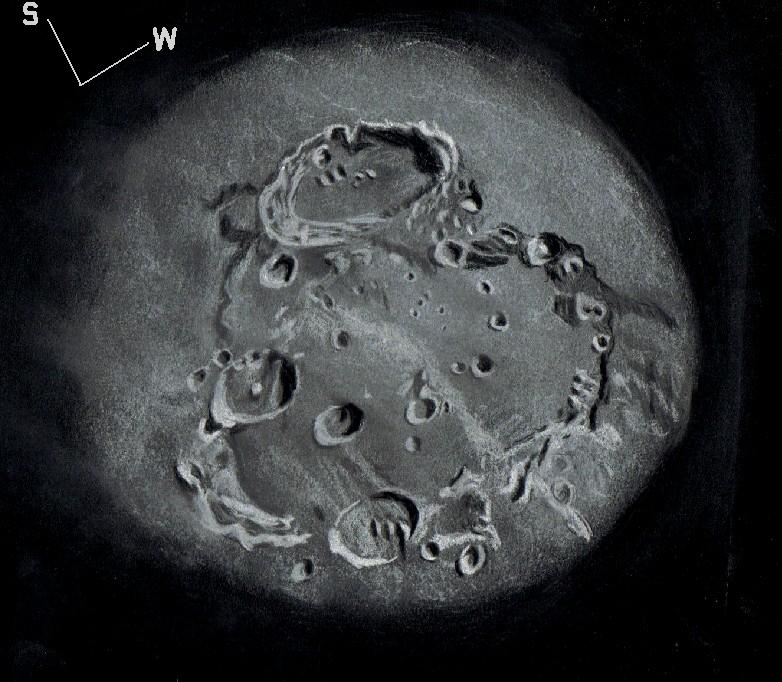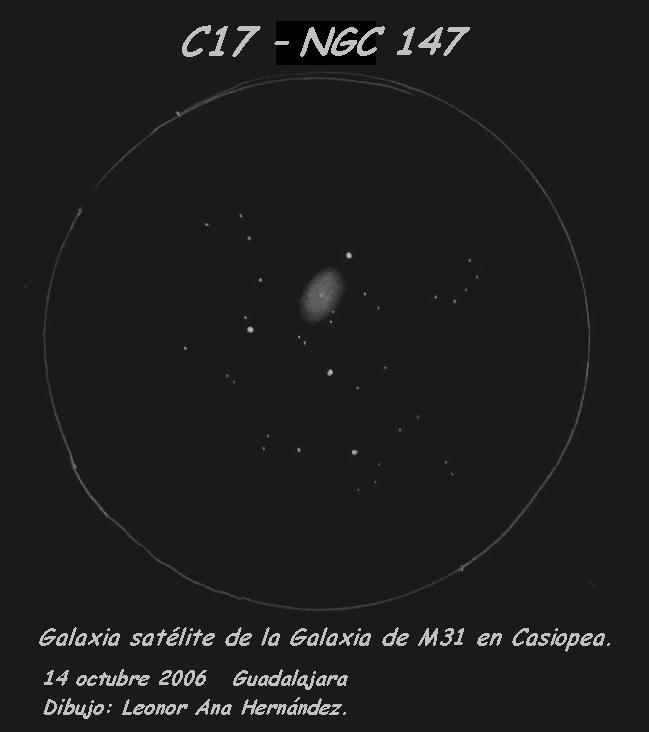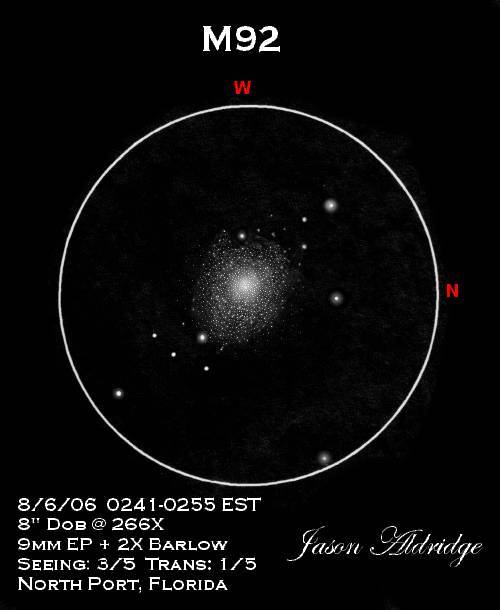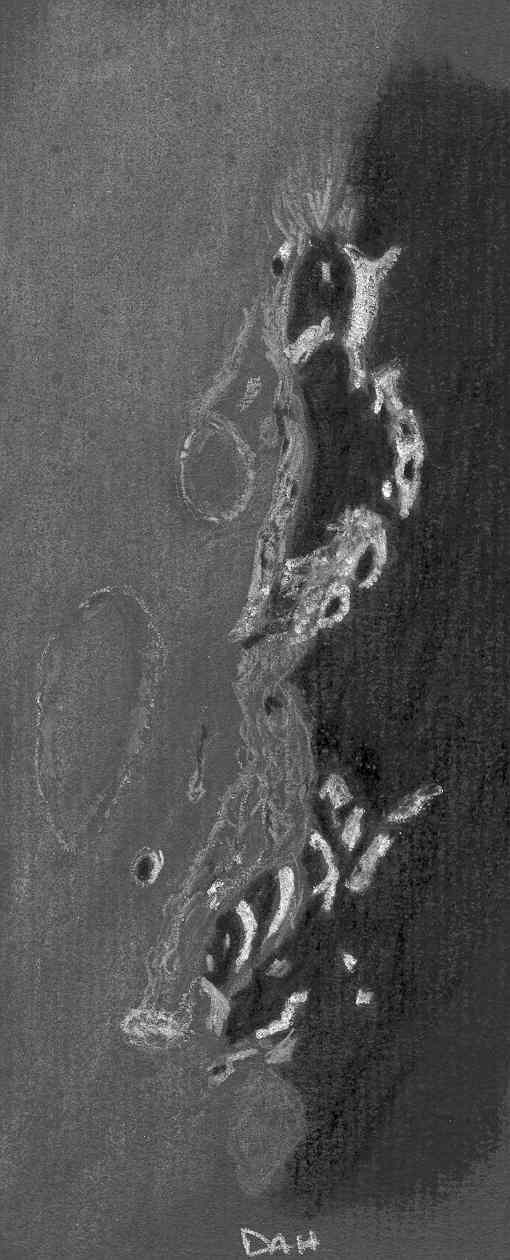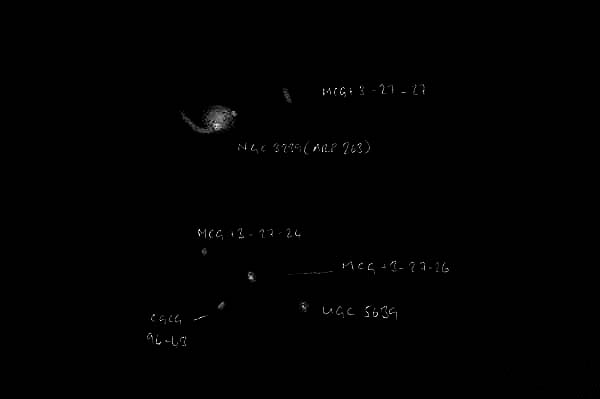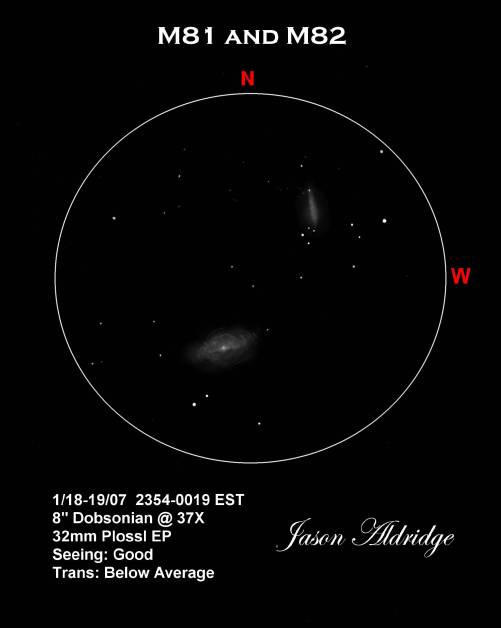The above drawings show the canals and oases of Mars which in the late 19th
century became more prominent with the melting of the nearest polar cap or so it
was claimed at that time. In a never ending on going process, science progresses
by continuously cleaning out its closets of old incorrect information as new
observations and experiments reveal the errors. Our Earth continues to overtake
Mars for the rendezvous in December. Have you ever wondered what Schiaparelli,
Lowell, W. H. Pickering, Campbell, Hussey and others were seeing at the eyepiece
to draw the canale, channels or canals on the Mars sketches they made? The answer
may have been explained by Vincenzo Cerulli an Italian astronomer living at the
same time as Giovanni Schiaparelli and Percival Lowell. After the “canal skeptic”,
Cerulli studied Mars for a couple of oppositions, he found he could duplicate
the canals or lines seen by many Mars observers using opera glass to examine small
features on the moon.
This phenomenon is neither an illusion nor a real exact representation. It is the
eye and brain interacting to fill in small faint features. If you casually examine
the faces on USA paper currency you will see lines across the foreheads. If you
look again using a magnifying glass you can see these lines are dashes and dots. So
if you begin to see canals on Mars near the end of the year, its just you eyes and
brain conspiring to play tricks on you. The time to observe Mars again is just
beginning. Don’t forget to make drawings or log records.
The above drawings are from page 358 of David P. Todd’s, A New Astronomy © 1897,
American Book Company
Frank McCabe
Stan’s Nebula
NGC 7048
I have a very dear friend who inspired this little deep sky sketch and I wish to
share the story with you.
Stan Waterman and I are very close friends but as astronomers we are ‘poles’
apart. Stan a scientist never looks through his telescopes he uses them as lenses
for his mighty camera. His aim is to locate extra solar planets by measuring the
minute dimming of their stellar light. Clear night after clear night he captures
the photons on his chip from 20,000 distant suns in Cygnus and run’s them through
his self written software program to look for dips. He has been doing this for 5
years and has amassed terabytes of data.
I for my sins am a visual observer and a romancer of the heavens stealing my
photons with pencil and pastel.
In other ways Stan and I are much closer, we both love with a passion all of
natures splendours and discuss its wonders over coffee when our busy lives allow.
We enjoy looking at the star patterns on the PC monitor that his camera has
capture in such profusion. A number of times we have wondered together over an
eye catching pretty, round planetary nebula caught in the web of stars.
These shared wondering inspired me to point my own telescope into Cygnus to
located this memorial to a once fine star and capture it with my pencil.
NGC 7048 Details:
Planetary Nebula
Constellation of Cygnus
Mag 12.1 Angular dimensions 1″
RA 2h 14m 33sec DEC +46deg 19m 23sec
Telescope/observation details:
14″ F5 Newtonian, magnification 175X, fov 0′ 17″
Seeing Ant 11, Transparency good
UHC Filter
Chippingdale observatory, Nr Buntingford, UK
Classic Southern Moonscape
Craters Clavius and Blancanus
Among the large craters of the lunar southern highlands, two nearly 4 billions old
impacts stood out on this morning before my local sunrise. These craters are 225
km.diameter Clavius and smaller 109 km. Blancanus. Clavius is not only old and
large but is blanketed with numerous craters and craterlets. At the center of this
large crater are the reduced remains of once regal central peaks. The atmosphere
was steady enough to pick out cratelets less than 1.5 km in diameter during
periods of excellent seeing. Crater Clavius is famous for its semicircular crater
sequence of decreasing size beginning with 49 km. Rutherfurd at the inner
southeastern wall and continuing with 27km. D, 20 km. C, 12 km N, 11.3 km J and
7.5 km JA. The north-northeastern rim of Clavius has a large crater resting it.
This 52 km. diameter crater is Porter. A broad crater ray was clearly visible
crossing the floor of Clavius just to the west of Porter and Clavius C. Much of
the floor of crater Clavius
remains smooth which implies the flow of melted rock in the past. Some geologists
speculate it is from the ejecta of the Orientale basin. Some small secondary crater
chains point back in that direction.
Sketching:
For this sketch I used: black Strathmore 400 Artagain paper, 9”x12”, white and
black Conte’
pastel pencils and a blending stump. Brightness was slightly decreased after
scanning.
Telescope: 10 inch f/ 5.7 Dobsonian and 6mm eyepiece 241x
Date: 9-2-2007 8:15-9:25 UT
Temperature: 17°C (62°F)
Clear, calm
Seeing: Antoniadi II-III
Co longitude: 53.9°
Lunation: 20.39 days
Illumination: 70 %
Frank McCabe
Swirling starry majesty
I captured M106 from my astronomy club’s dark sky location at Crowley Nature Center
in northeast Sarasota County, Florida. I was able to detect structure quite easily
under dark, transparent skies, and it made for an enjoyable sketch.
This sketch was rendered on Strathmore Windpower Sketch paper with a General’s Extra
Black Layout pencil. MGI Photosuite III was used for post processing.
Jason Aldridge
North Port, FL
Eighteen years ago
A Total Lunar Eclipse of the Past: August 16, 1989
On this evening as the moon rose it was both cloudy and foggy over Lake Michigan
to the east. It looked as if the weather was going to spoil the show. As
Capricornus carried the moon higher in the sky to the south, conditions improved
and eventually the entire sky cleared as totality began. During the second half of
totality the moon nearly disappeared from view. This was a dark lunar eclipse.
Just after 10 pm local time I made this color pencil sketch on black construction
paper to approximate the 50mm binocular view.
Frank McCabe
Runaway little Andromeda NGC147
NGC147 (Caldwell 17)
The medium used: graphite pencil,
The equipment used: 8″ f/10 SCT. Date: 14-10-2006
Weather: very good conditions, clear and transparency. Very close to Molina
de Aragon (Guadalajara, Spain.)
Faint galaxy, perfectly elliptic. This galaxy in one of the Andromeda
satellites, located in the constellation of Cassiopea. Field rich in stars,
its better to observe it with adverted vision.
Leonor
Ancient stellar city
M92 is near the top of the list for me when it comes to globular clusters. It takes
magnification extremely well, and many individual stars are clearly resolved around
a bright core. M92 would probably get more attention were it not for it’s
spectacular neighbor, M13.
This sketch was rendered on standard copy paper with a .5mm mechanical pencil. Post
processing was done with MGI Photosuite III.
Jason Aldridge
North Port, FL
From Sirsalis to Damoiseau
This was the first time that I had used my new (to me) Superscopes 6″ F9 triplet
refractor for a sketch. As per usual I sketch what my eye is most drawn to and
then research the area after.
In this case I struggled to match up the craters that I had captured with any of
my many books & atlases. In the end I got a best match from an excellent free
down load picture Atlas/portfolio by Alan Chu. I decided that it must be the
Sirsalis region although the stunning illumination I enjoyed wasn’t captured in
any thing that I had in my library.
I used the following:
Superscopes 150mm F9 triplet refractor, Denk binoviewer with 2.5x lens, 2x 23mm
Celestron Axiom eyepieces straight through so no diagonal delivering 146x.
6″x8″ (150mm x 200mm) light black card of unknown origin
Derwent watercolour pencils, Derwent pastel pencils, conte sticks & blending stumps
25.8.07, 21.30UT sketch time 10minutes.
Location: Chippingdale observatory, Chipping Nr Buntingford, Hertfordshire, England.
Dale Holt
Extreme deep sky observing
Arp 263 Pencil on white paper, inverted in Photoshop. I was at the 2006 Texas
Star Party and using a 30″ Dobsonian for this observation. This type of observing
really sums up an event like TSP for me – extreme deep sky observing under superb
conditions. What I really love about this observation was all the faint galaxies
also visible in the field.
Date: 28 April 2006
Instrument: 30″ Starmaster Dobsonian, driven
Magnification: Not known
Location: Texas Star Party, Prude Ranch, Ft Davis, TX, USA
Conditions: Excellent, if a bit windy. Totally cloudless
NELM: Greater than 7.0
Notes: A nice field full of galaxies. Arp 263 (NGC 3229) is the brightest and most
obvious object in this field, and there are lots of smaller, fainter galaxies as
well, all with CGCG and MCG designations. The most obvious thing about Arp 263 is
the arm of material stretching away from it. Nice, and one of my favourite views
from TSP 2006.
Faith Jordan
Isle of Wight, England
Celestial odd couple
M81 and M82 are a galactic pair that I found to be a rewarding target. Structure in
M81 was visible with averted vision, while M82 showed no detail. I always find it
nice to have more than one galaxy in my field of view.
This sketch was rendered on Strathmore Windpower Sketch paper with a .5mm mechanical
pencil. MGI Photosuite III was used for post processing.
Jason Aldridge
North Port, FL



